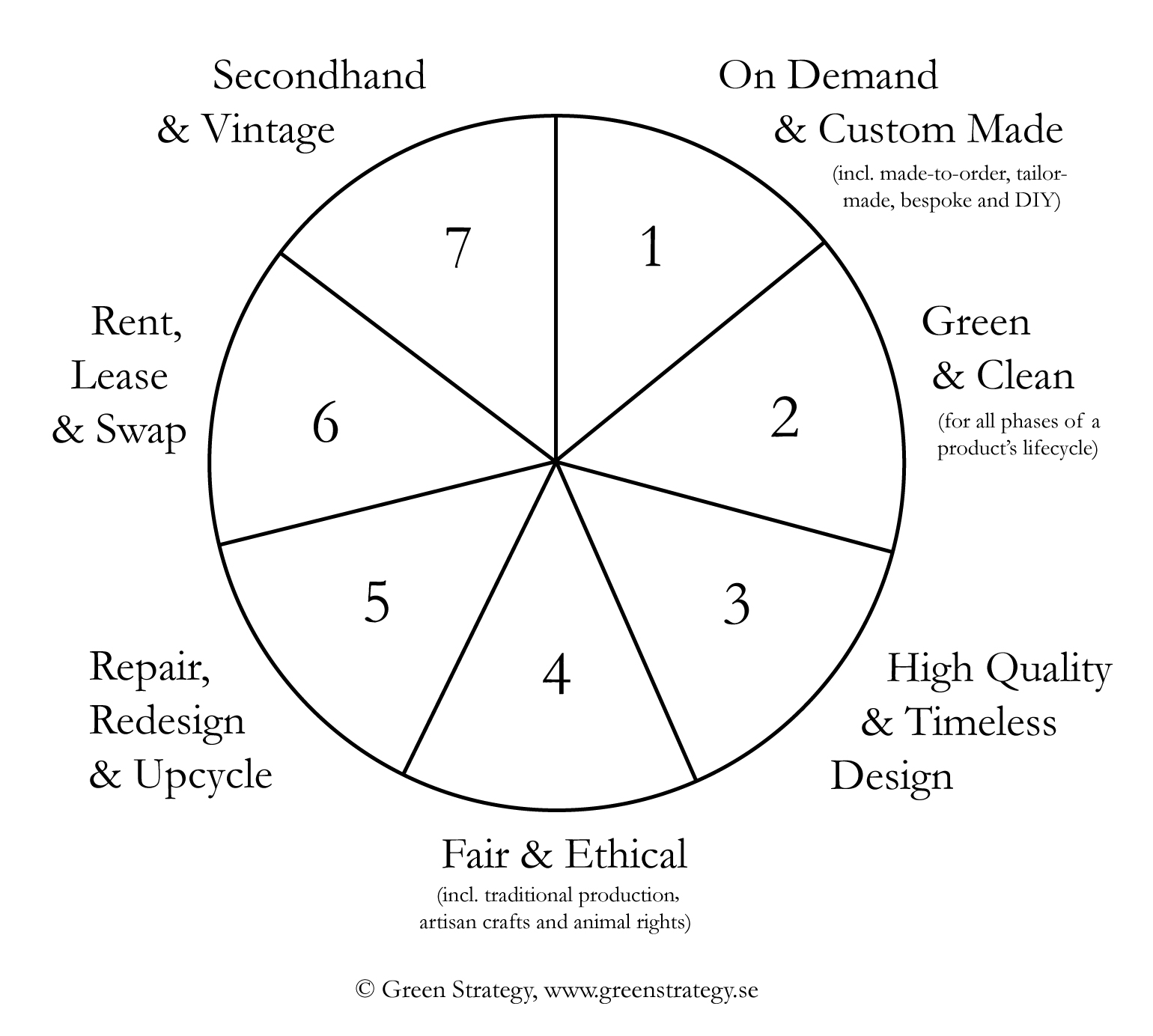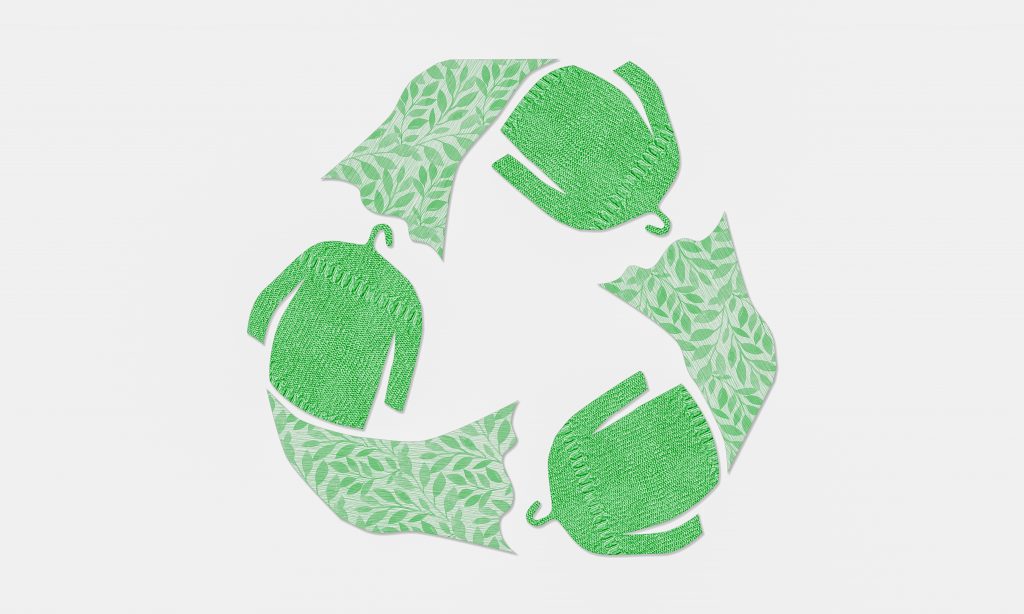Keep Ahead of the Curve by Exploring Innovative Style Fads
In a sector as vibrant as style, remaining ahead involves even more than simply following present fads-- it requires an expedition of innovation. The merging of modern technology and fashion advertises a brand-new age of customer involvement.

Welcoming Smart Textiles
In the last few years, the garment industry has actually witnessed a transformative change with the assimilation of clever fabrics, an innovative advancement that blends technology with textile. This evolution stands for not only a fusion of appearances and functionality however likewise a substantial leap towards sustainability and personalization in vogue. Smart textiles, likewise called e-textiles, installed advanced electronics such as sensors and conductive strings within the textile, enabling garments to engage with the wearer or the atmosphere.
These textiles are developed to keep track of physical parameters, such as heart price or body temperature level, giving real-time health and wellness analytics. Past wellness applications, smart textiles are additionally being used for adaptive clothes, which can transform color or pattern in response to ecological stimulations, therefore offering a vibrant fashion experience.
In addition, the advancement of energy-harvesting fabrics that generate power from activity or sunshine is paving the way for self-sufficient wearable modern technology. This advancement is interesting ecologically mindful consumers and developers intending to minimize the ecological footprint of style. As study and advancement in this field advancement, clever fabrics are expected to become significantly prevalent, reshaping the landscape of modern style with their multifunctional abilities.
The Increase of 3D Printing
Reinventing the production landscape, 3D printing has emerged as a game-changer in the style market. This advanced innovation has actually allowed designers to press the boundaries of creative thinking, generating complex and personalized garments that were formerly unthinkable. By leveraging electronic design and additive manufacturing, 3D printing assists in the development of complex geometries and patterns, permitting developers to experiment with new structures and structures.
A notable advantage of 3D printing in vogue is its capability to create on-demand, reducing waste and lowering stock demands. This efficiency not just optimizes production processes however likewise permits fast prototyping, enabling designers to bring their visions to life in a shorter duration. Additionally, 3D printing sustains modification somewhat unrivaled by typical methods, supplying distinct styles and personalized fits tailored to private consumer preferences.
The increase of 3D printing has likewise democratized fashion, making it accessible to arising designers that can now produce top quality items without substantial economic investment in typical manufacturing framework. As modern technology proceeds to breakthrough, the apparel industry is poised to harness the complete capacity of 3D printing, exploring new materials and strategies that will undoubtedly redefine just how fashion is conceived and generated.
Sustainable Fashion Advancements
As the fashion sector faces the pressing requirement for ecological obligation, lasting fashion advancements have emerged at the center of transformative change. The growing recognition of eco-friendly impact has sustained a shift towards more eco-conscious techniques and materials. Brands and developers are currently focusing on sustainability, integrating techniques that reduce waste and decrease carbon impacts.
One considerable growth is the rise of circular fashion, which emphasizes recycling and upcycling to expand the lifecycle of garments. This approach not just lowers waste however likewise urges customers to embrace a much more mindful technique to apparel usage. In addition, the use of sustainable materials, such as natural cotton, hemp, and recycled polyester, has actually obtained traction. These materials call for much less water and power throughout manufacturing, significantly decreasing ecological impact.
One more breakthrough depends on the adoption of ingenious dyeing techniques that use waterless processes or all-natural dyes, therefore reducing the vast amounts of water and chemicals generally utilized in textile dyeing. Additionally, innovations in biotechnology have led to the creation of lab-grown leather and textiles, providing ecologically friendly and cruelty-free alternatives to conventional products. With her latest blog these pioneering initiatives, the fashion business is making meaningful strides in the direction of a much more sustainable future.

Tech-Integrated Apparel
Tech-integrated apparel represents a cutting-edge blend of style and technology, improving exactly how individuals interact with their apparel. This ingenious domain name is marked by the inclusion of clever fabrics and embedded electronic elements, boosting both capability and visual charm. From physical fitness trackers embedded in sports apparel to warmed jackets controlled via smart device applications, tech-integrated apparel provides consumers extraordinary ease and flexibility.
Pioneering brands are driving this trend, concentrating on producing garments that respond to ecological stimuli or user commands. For example, some garments can transform shade or pattern in reaction to temperature level changes, while others include biometric sensing units to keep track of wellness metrics like heart price or anxiety levels. The smooth combination of innovation right into textiles likewise extends to ecological sustainability, with efforts to create self-cleaning fabrics or garments that adapt to weather, thus minimizing the need for numerous layers.
Additionally, the introduction of wearable technology is not just limited to clothes however encompasses devices like watches and glasses, more broadening the range of tech-integrated fashion. As the market proceeds to introduce, the possibility for personalization and customization in clothing expands, using consumers one-of-a-kind, tech-enhanced style experiences that deal with their specific demands and choices.
Future of Virtual Fashion
In the last few years, the future of virtual fashion has arised as a transformative force within the sector, leveraging innovations in digital innovation to redefine exactly how fashion is created, experienced, and eaten. By incorporating enhanced fact (AR), virtual truth (VIRTUAL REALITY), and 3D design devices, developers can currently craft immersive and interactive experiences that transcend traditional fashion boundaries. Virtual fashion permits the production of garments that exist only in digital atmospheres, offering endless opportunities for innovation without the limitations of physical manufacturing.
This electronic change not just offers possibilities for creative expression however also addresses sustainability issues fundamental in conventional fashion techniques. Cape Town Sustainable Fashion. By getting rid of the demand for physical resources, online fashion minimizes waste and reduces carbon footprints. In addition, the increase of virtual fashion lines up with the enhancing customer demand for individualized and one-of-a-kind experiences, as online garments can be personalized and tailored to individual choices effortlessly

Final Thought
The apparel industry's future hinge on the combination of lasting practices and ingenious innovations - Cape Town Sustainable Fashion. Smart fabrics and tech-integrated clothing are enhancing functionality, while 3D printing provides opportunities for personalization and waste reduction. Sustainable style, with round approaches and green products, demonstrates a dedication to environmental stewardship. Moreover, online style is positioned to redefine consumer interactions. Adapting to these fads is important for brand names looking for to continue to be affordable and pertinent in this rapidly progressing landscape.
In recent years, the fashion sector has actually witnessed a transformative change with the combination of wise fabrics, a sophisticated advancement that blends innovation with fabric.As the style sector grapples with the pushing demand for ecological responsibility, lasting fashion innovations have actually arised at the forefront of transformative modification.In current years, the future of digital style has emerged as a transformative force within the industry, leveraging advancements in electronic technology to redefine how style is developed, experienced, and taken in. The surge of online fashion straightens with the raising consumer need for tailored and one-of-a-kind experiences, as virtual garments can be personalized and tailored to private preferences with simplicity.
The fashion market's future lies in the combination of sustainable practices and ingenious modern technologies.
Comments on “Sustaining Neighborhood Cape Town Sustainable Fashion for a Greener Future”